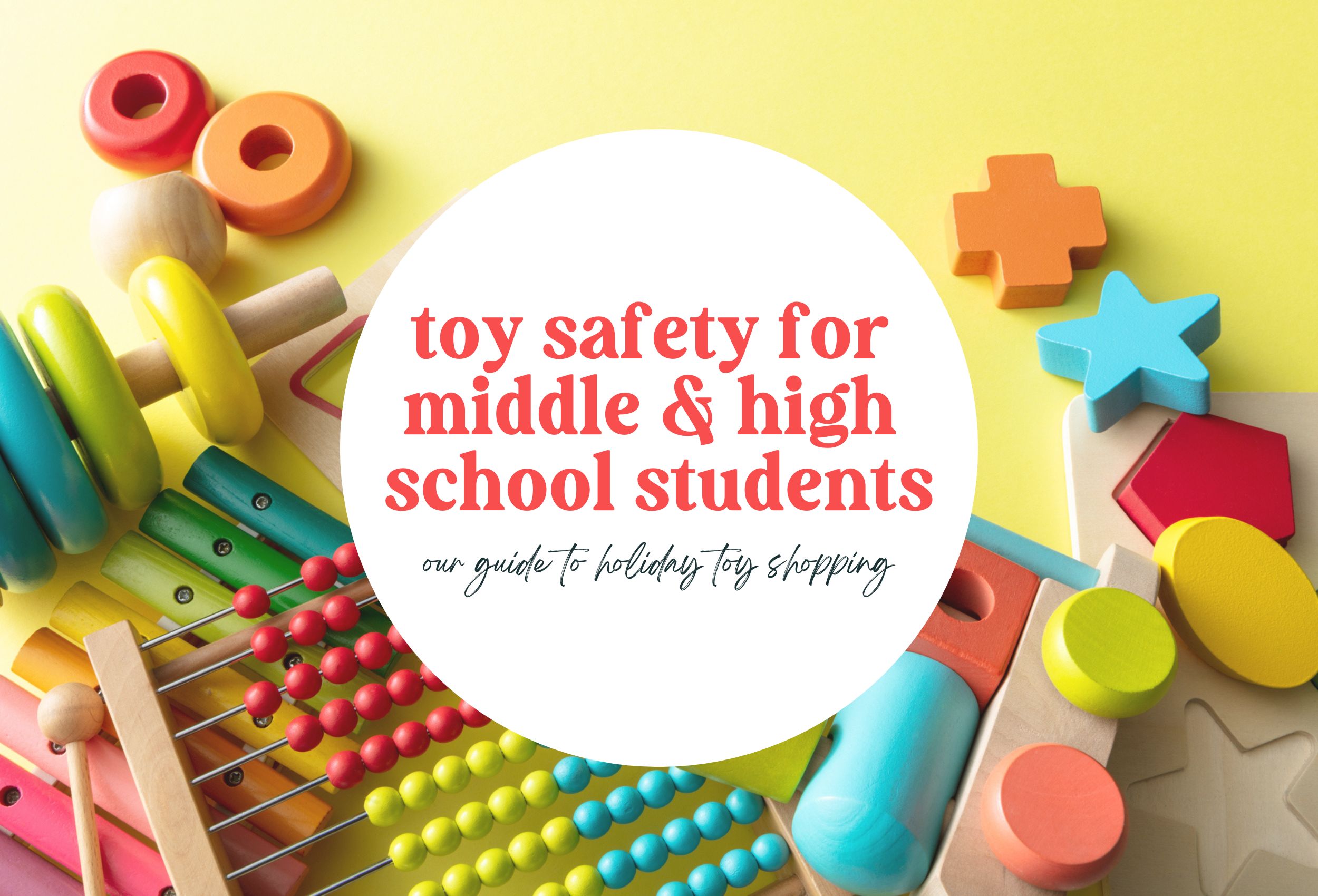The 1990s saw a surge of city-enforced juvenile curfews. Thirty years later, many families are urging the curfews to be scrapped, but how will getting rid of those city-enforced juvenile curfew impact the safety of children?
Juvenile Curfew Laws
Juvenile curfews laws were introduced under the Clinton Administration following a report recommending curfews to address the ‘rising juvenile delinquency and victimization rates’, rather than prioritizing youth safety. By 2009, 84% of cities with populations greater than 180,000 had enacted curfew laws. Many towns, cities, counties, and states still have curfews laws in 2022.
Surprisingly, curfew laws don’t promote safety for our kids but in fact do quite the opposite. Curfew violations are a type of status offense, which means they criminalize behavior that is only illegal because the person involved is under 18-years-old. Because curfews increase the likelihood of young people being drawn into the criminal justice system, criminal justice reformers have begun to speak out against the ‘curfew-to-prison pipeline’.
Kids who break curfew are not necessarily doing anything else wrong. However, placing them in the back of a police car or hitting them with a steep fine has the potential to change the way youth think about themselves or the trajectory they’re on.
Similarly, evidence suggests that street policing affects people of color in a disproportionate way. Curfew laws are heavily enforced in black neighborhoods, often further straining the relationship between police and youth of color. Curfew laws can also disproportionately impact people experiencing homelessness and those trying to escape an abusive home life. Curfew laws were not put in place as an avenue to identify and support youth in these circumstances, and instead fines them or draws them into the criminal justice system.
Promoting Safety with Curfews
Though evidence suggests juvenile curfew laws are ineffective at best, the concept of a family-enforced curfew can promote safety. The key difference between the two types of curfews is the reason for the curfew. The juvenile curfew laws were implemented to address delinquency and are applied as a one-size-fits-all solution. Violating these curfews have significant social repercussions. Family-enforced curfews are done with safety in mind and invite the child into the decision making. Parents and care givers can extend the curfew as the child grows and matures.
The first step parents and care givers can take when deciding a curfew is to review any curfew laws in their area. This will help protect your child from potential fines or charges. These curfew laws are exceptionally common, yet many people are unfamiliar with them. Surprisingly, seven US states have statewide enforced curfew laws. In fact, there is only one US state that does not have curfew laws enforced in any municipality. While juvenile curfew laws may be controversial, it is important that parents and children are aware of the laws in order to prevent potential legal consequences. Visit youthrights.org to learn where these laws are enforced.
After considering any local curfew laws, parents should discuss reasonable curfew expectations with their child including considerations as to the safety of their community. Involving the child in determining the curfews helps them understand that the curfew is being enforced for their safety rather than as punishment. Curfews can also teach children responsibility, self-control, and time management skills.
Curfews can help remove young people from dangerous situations, but it is important they are equipped to navigate peer pressure to further promote safety. Check out Child Safety Pledge’s tips on navigating peer pressure.












Comments are closed.